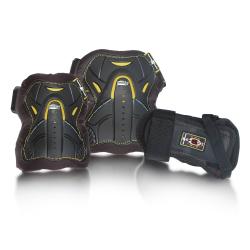
If you’re just starting out, aim for the lower range of your target zone (50 percent) and gradually build up. Slow your roll! If your heart rate is too low, and the intensity feels “light” to “moderate,” you may want to push yourself to exercise a little harder, especially if you’re trying to lose weight. If your heart rate is too high, you’re straining.

What if my heart rate is too high or too low? If you have a heart condition or take medication, ask your healthcare provider what your heart rate should be. Important Note: Some drugs and medications affect heart rate, meaning you may have a lower maximum heart rate and target zone.

Your resting heart rate is the number of times your heart beats per minute when you’re at rest. Even if you’re not a gym rat or elite athlete, knowing your heart rate (or pulse) can help you track your health and fitness level.

When you work out, are you doing too much or not enough? There’s a simple way to know: Your target heart rate helps you hit the bullseye so you can get max benefit from every step, swing and squat.

How do I get my heart rate in the target zone? Find out what normal resting and maximum heart rates are for your age and how exercise intensity and other factors affect heart rate. What should your heart rate be when working out, and how can you keep track of it? Our simple chart will help keep you in the target training zone, whether you want to lose weight or just maximize your workout. (A-TRAC) Tobacco Center for Regulatory Science.National Hispanic Latino Cardiovascular Collaborative.Recurrent Pericarditis for Professionals.Peripheral Artery Disease (PAD) for Professionals.Improving Outcomes in Patients with Atrial Fibrillation.Hypertrophic Cardiomyopathy for Professionals.Other Cardiovascular and Stroke Related Conferences.Congenital Heart Disease and Pediatric Cardiology.Cardiac Development Structure and Function.Arteriosclerosis Thrombosis Vascular Biology.


 0 kommentar(er)
0 kommentar(er)
